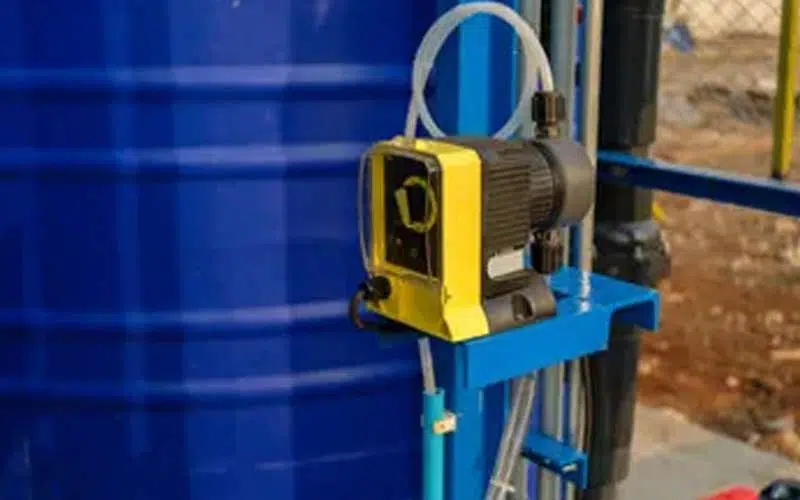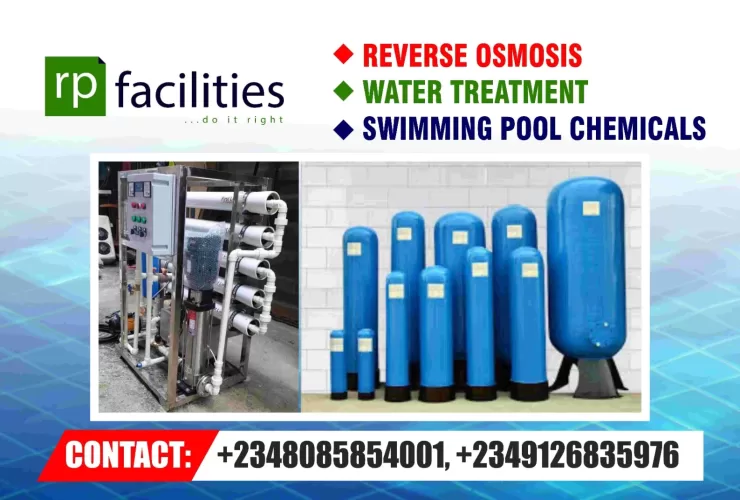Water – the elixir of life, a precious resource that sustains our planet and its inhabitants.
What is Water Treatment?
At its core, water treatment is the process of purifying water to make it suitable for various applications, including drinking, industrial processes, and environmental conservation. This intricate process involves a series of steps and methods designed to remove impurities, contaminants, and undesirable substances from water, ensuring that it meets stringent quality standards.
The Water Treatment Process – Steps and Methods.
The journey of water through a treatment plant is a carefully orchestrated sequence of steps aimed at transforming raw water into a clean, safe, and usable resource. From initial intake to final distribution, the water treatment process encompasses various methods, including chemical treatments, aeration, and filtration. Each step plays a crucial role in purifying the water and ensuring its suitability for diverse purposes.
Chemical Dosing in Water Treatment

Water treatment chemicals represent a powerful arsenal in the quest for clean and safe water. From coagulants and flocculants to disinfectants and pH adjusters, these chemical agents work in tandem with other treatment methods to optimize purification processes. Their ability to neutralize pollutants, kill harmful microorganisms, and stabilize water quality underscores their indispensable role in the water treatment toolkit.
Aeration: The Airborne Ally of Water Treatment
Aeration water treatment introduces a breath of fresh air into the purification process – quite literally. By infusing water with oxygen, aeration methods facilitate the removal of volatile organic compounds and improve overall water quality. This method serves as an essential tool in addressing taste and odor issues in treated water, ensuring that the end product is not only safe but also palatable.
Filtration in Water Treatment: Unveiling Its Significance

Filtration stands as a cornerstone of the water treatment process, serving as a vital mechanism for removing suspended particles and impurities from water. Whether through physical filtration media or advanced technologies such as reverse osmosis water treatment, filtration methods play a pivotal role in achieving high-quality treated water. These methods ensure that contaminants are effectively separated from the water, paving the way for enhanced purity and safety.
Advancing Towards Excellence and Innovations in Water Treatment
As technology evolves, so too do the methods of water treatment. Advanced processes, such as membrane filtration and ultraviolet disinfection, are revolutionizing the landscape of water treatment, offering unparalleled precision and efficiency. These innovations represent the vanguard of water treatment, elevating standards and pushing the boundaries of what is achievable in purifying this vital resource.



Permalink
Permalink